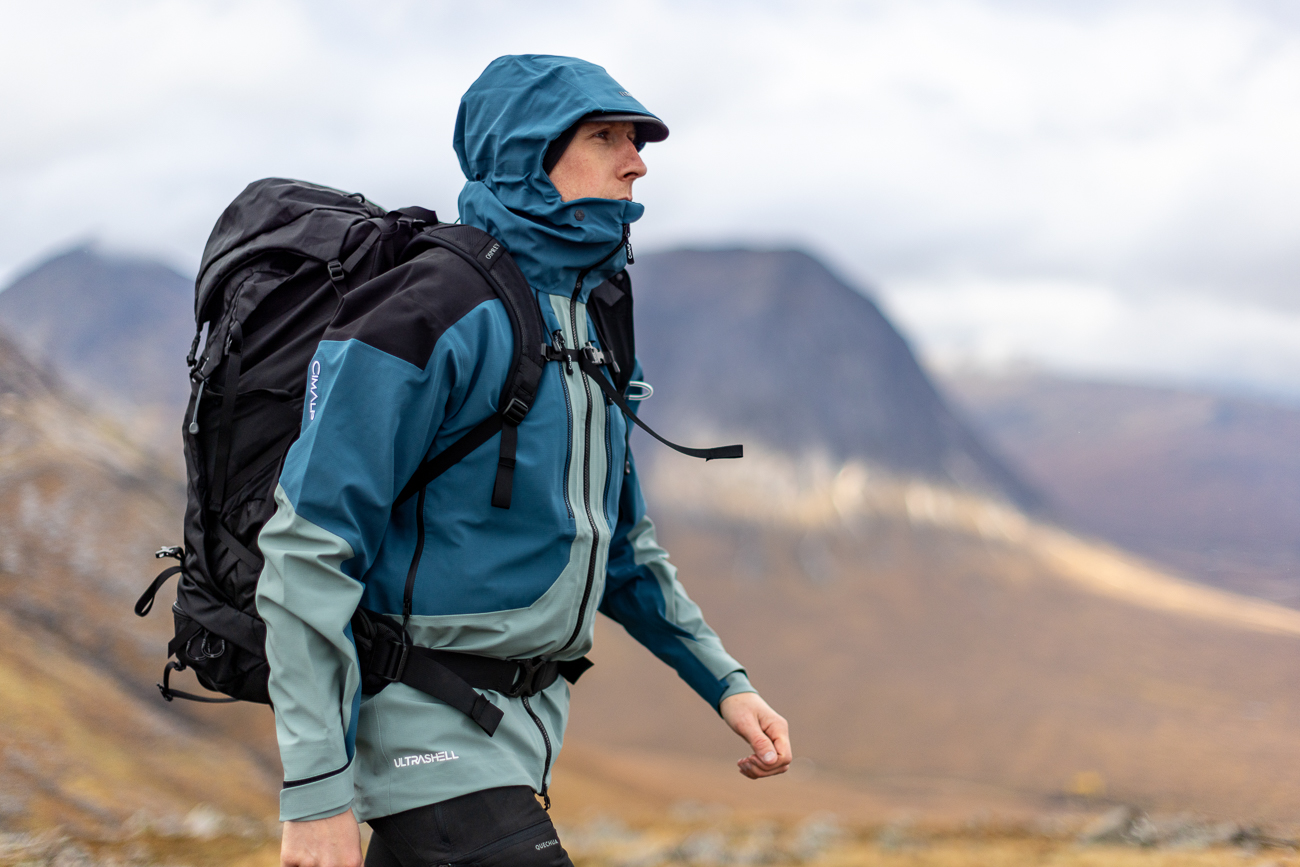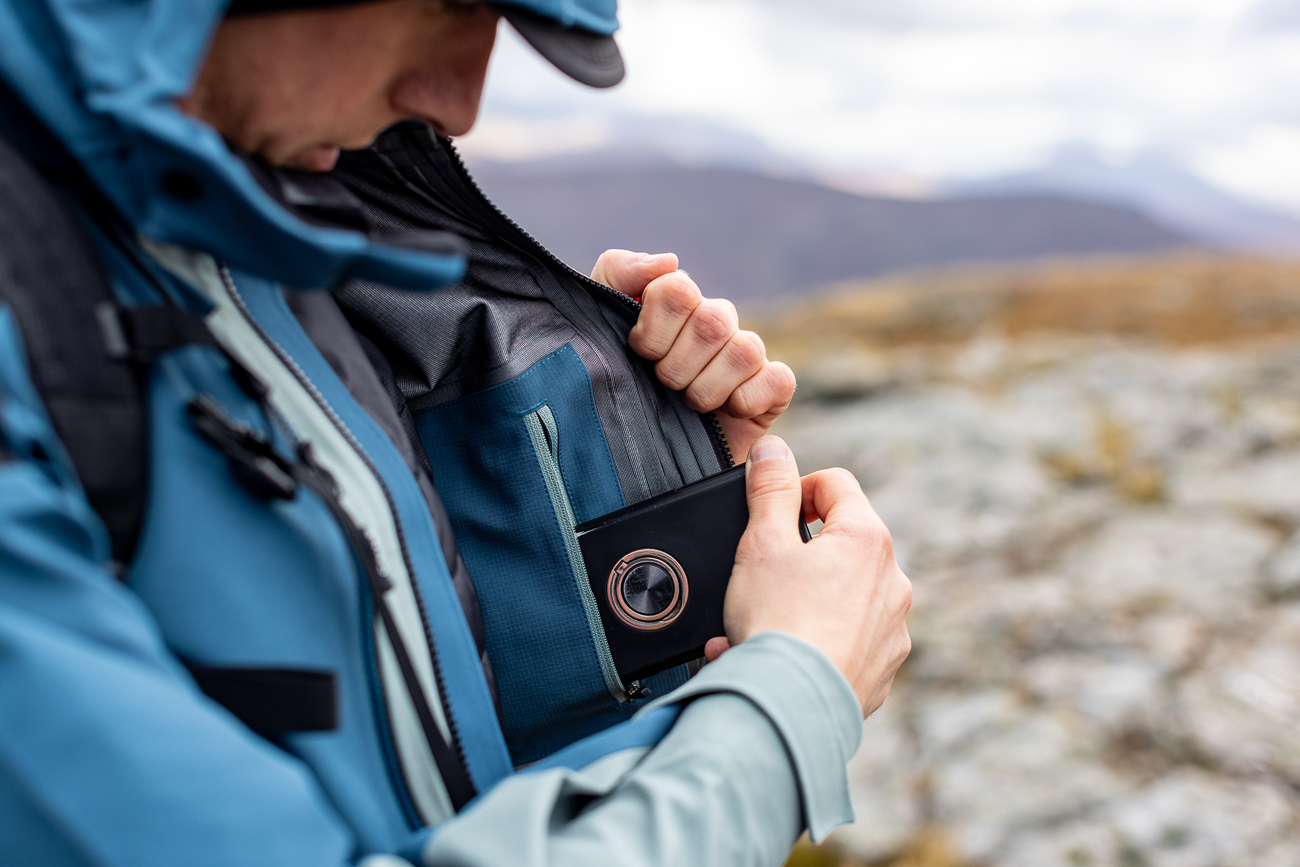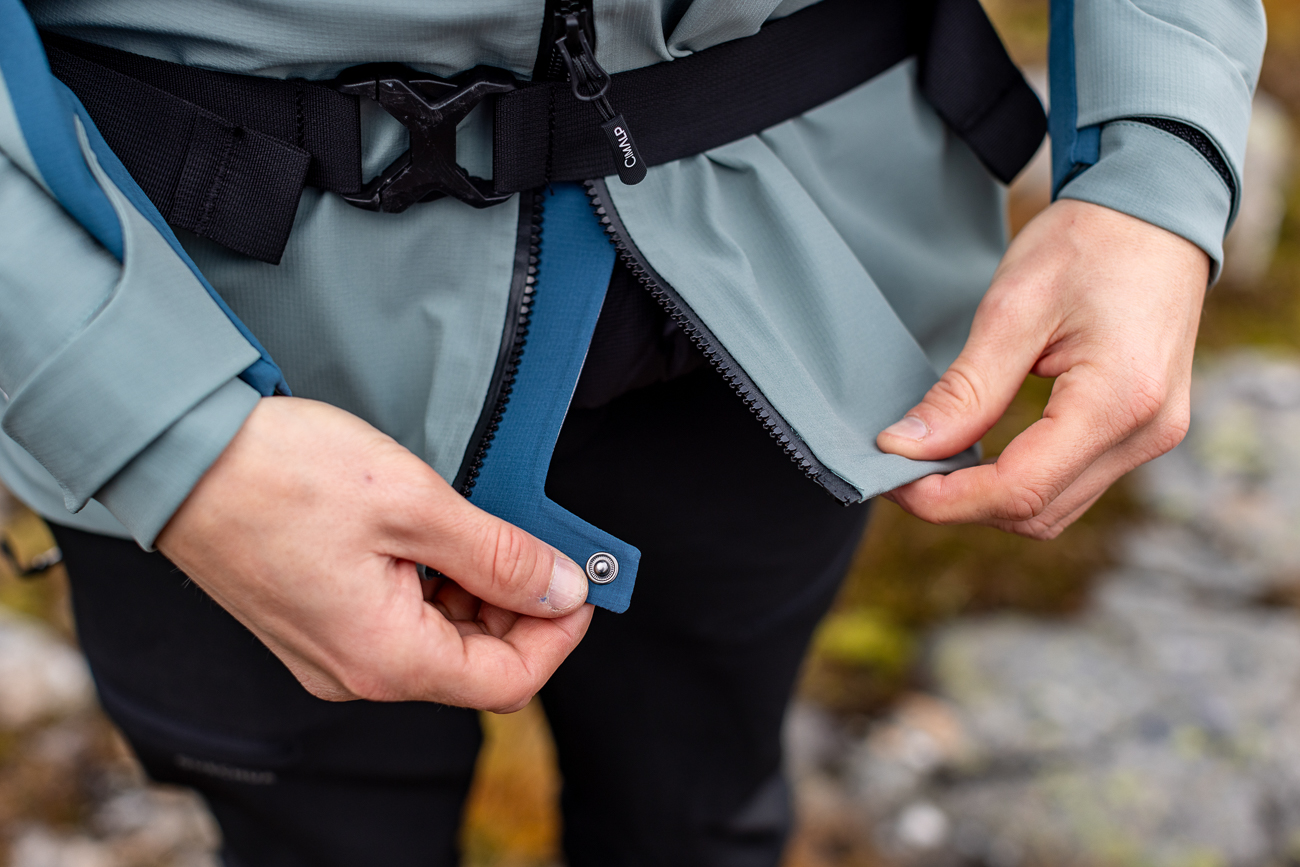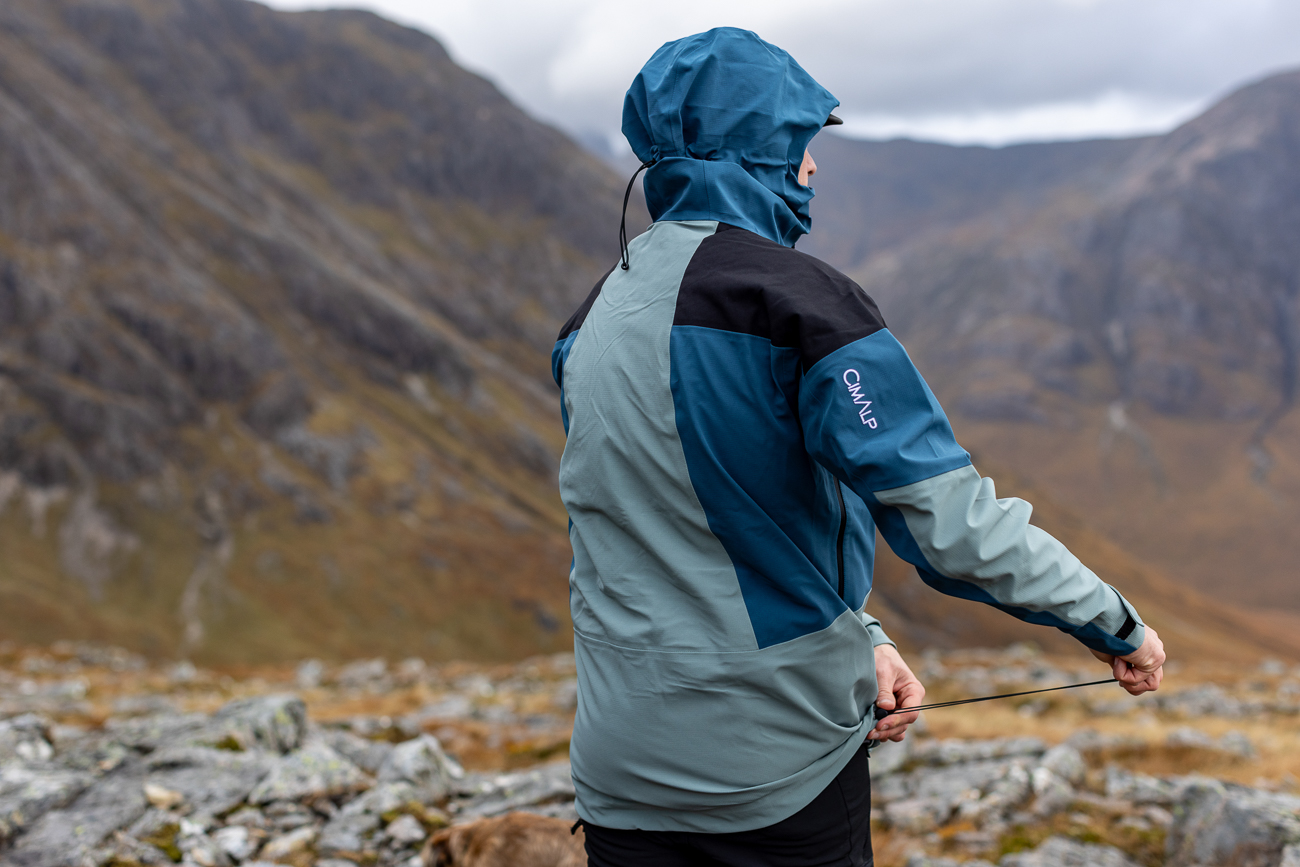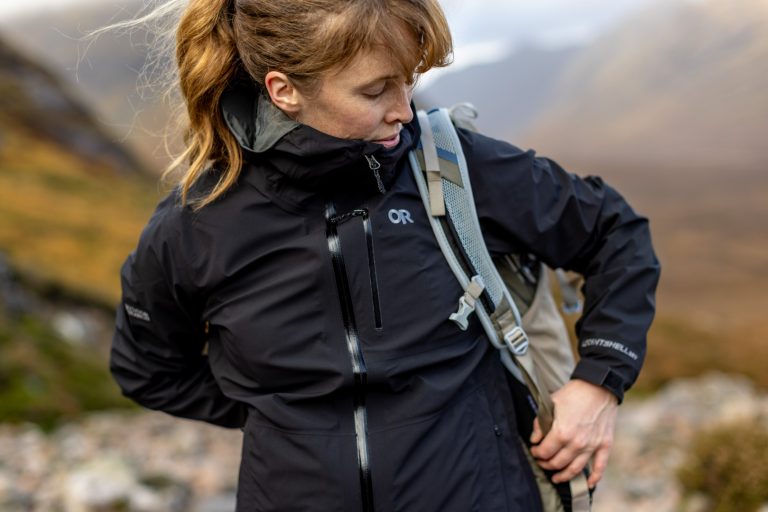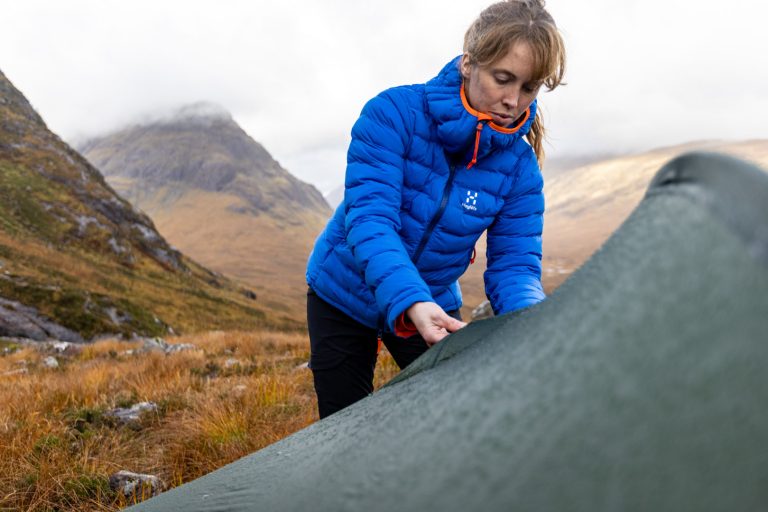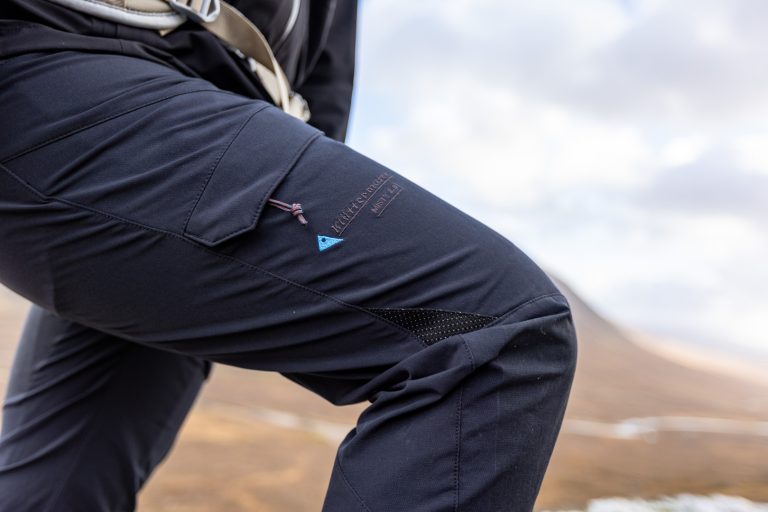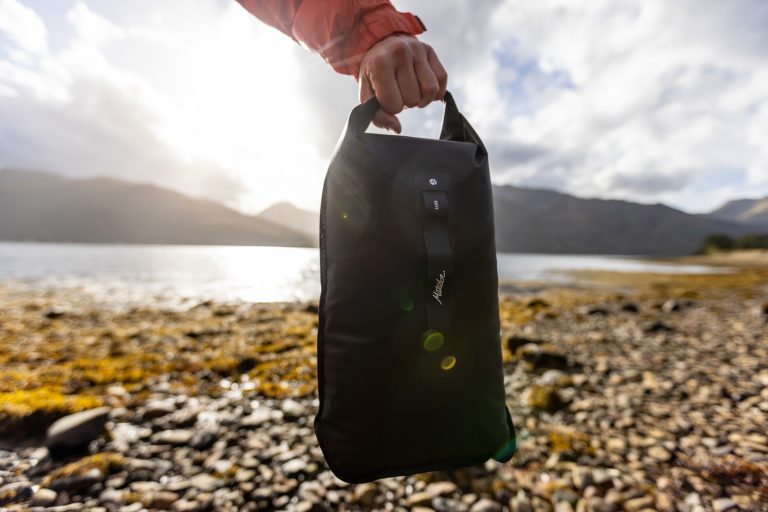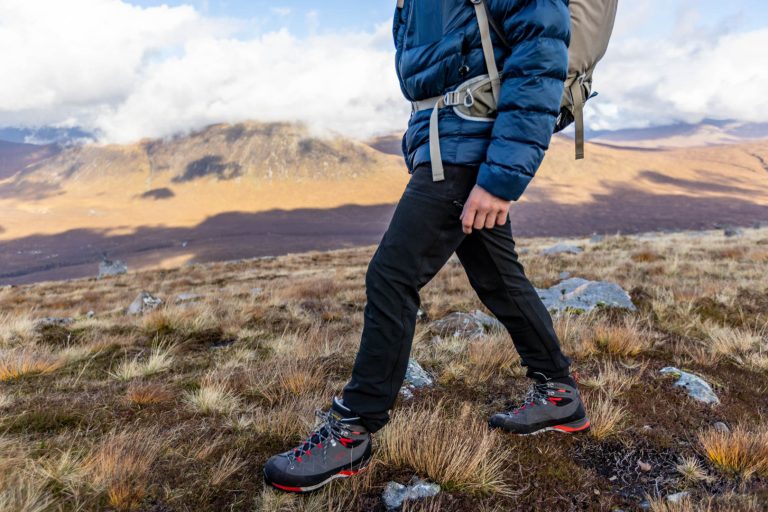Cimalp are a relatively new brand from France that I came across a couple of years ago and have kept a close eye on since. All the items I’ve tried from them have been really impressive. In fact, the CimAlp Advanced 2H jacket was one of the best jackets of the year for me back in 2020, if not the best. This, the Cimalp Guide Pro appears to be an evolution of that, and I tell you what, I’m impressed. I’ve been using it over the last couple of months, including on a gear testing trip to the Scottish Highlands in autumn, here’s how I got on with it.
Performance and Construction
What’s first of all notable about this is how durable it feels. It’s a proper mountain shell that you can tell, even from the first touch, is made to help you through some seriously rough conditions and over some tough terrain too. Cimalp say it’s made with alpine climbing and ski touring in mind and the fabric definitely feels made for the rigours you can expect from those pursuits. From my experience with this, it’ll take a heck of a lot to cause any damage to it. It’s a jacket that feels built to last, for sure.
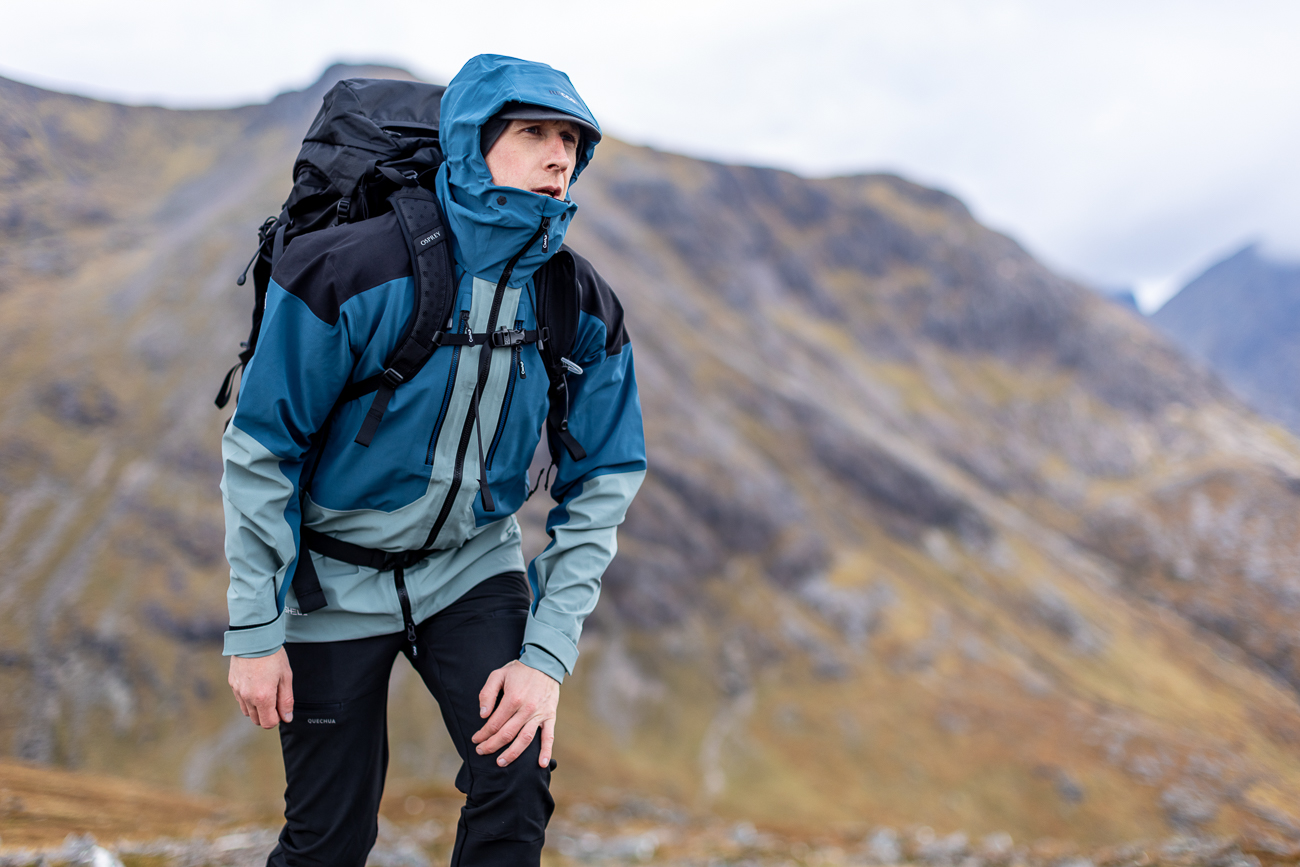
It uses Cimalp’s proprietary Ultrashell fabric, a three-layer system involving a durable outer material, a membrane and then a backer fabric that protects the membrane from abrasion, dirt and body oils. The membrane itself is microporous. I tend to like these kinds of membranes as they allow moisture vapour from sweat to escape while blocking rain from entering, enhancing breathability and comfort during activity. Their structure of tiny pores is small enough to keep water droplets out but large enough to let vapour pass, which reduces overheating. Additionally, they maintain lightweight and flexible qualities, making them ideal for high-performance outdoor gear.
Still, membrane jackets are membrane jackets, and the breathability does have its limits. Fortunately, the big pit zips make up the shortfall there though, allowing you to dump heat quickly and to let a bit of airflow in.
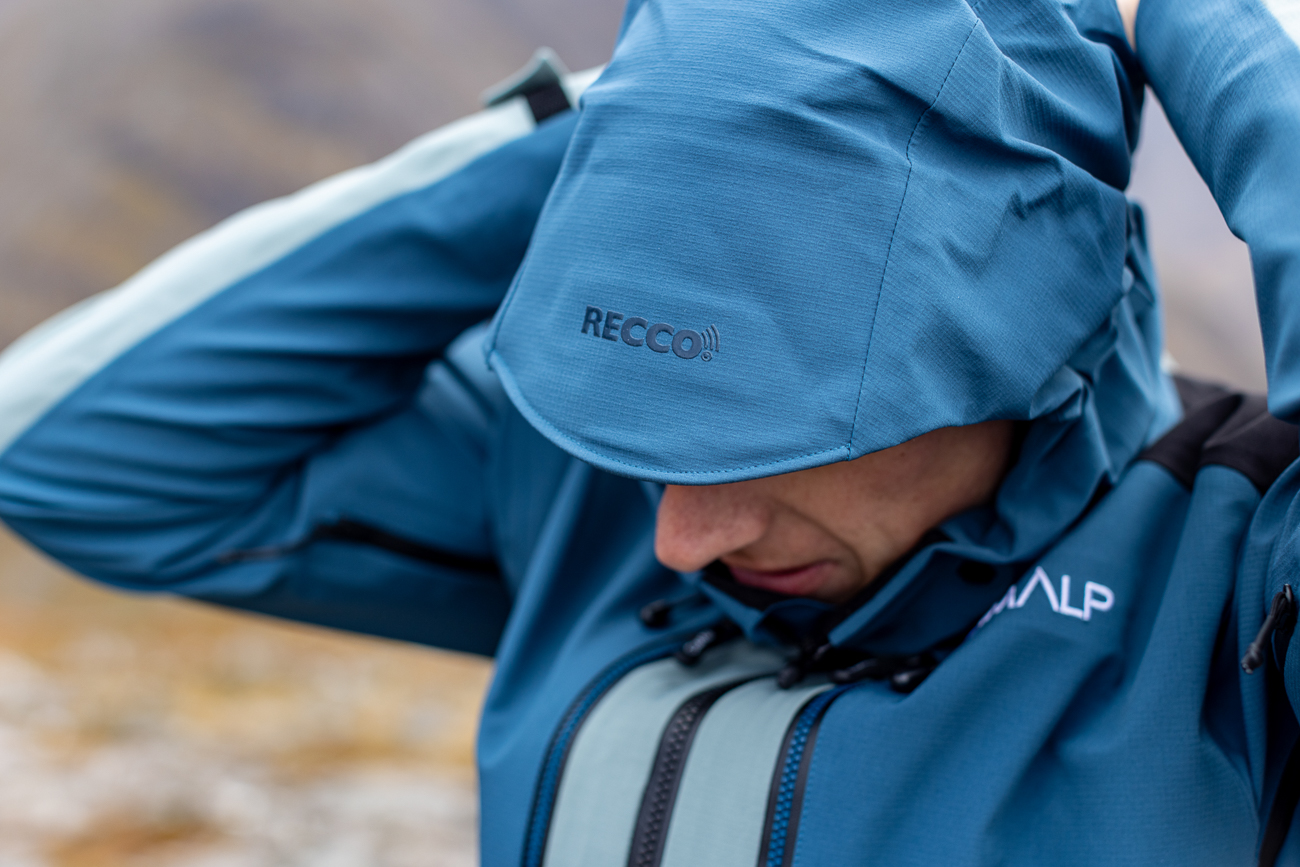
Features
Those pit zips are two-way and also large enough that they come right down the jacket to serve as hand pockets. To me, this is a bit of a drawback as I do like to have dedicated hand pockets to rest and warm the hands in. I’m a big fan of the pockets on the chest though. These are very big, easily big enough to swallow an OS map, and they have good water resistance. I wouldn’t want to risk keeping my phone in them in heavy rainfall for too long, though. In such instances, that’s where the internal zipped pocket comes in handy – it’s the perfect size for a phone.


